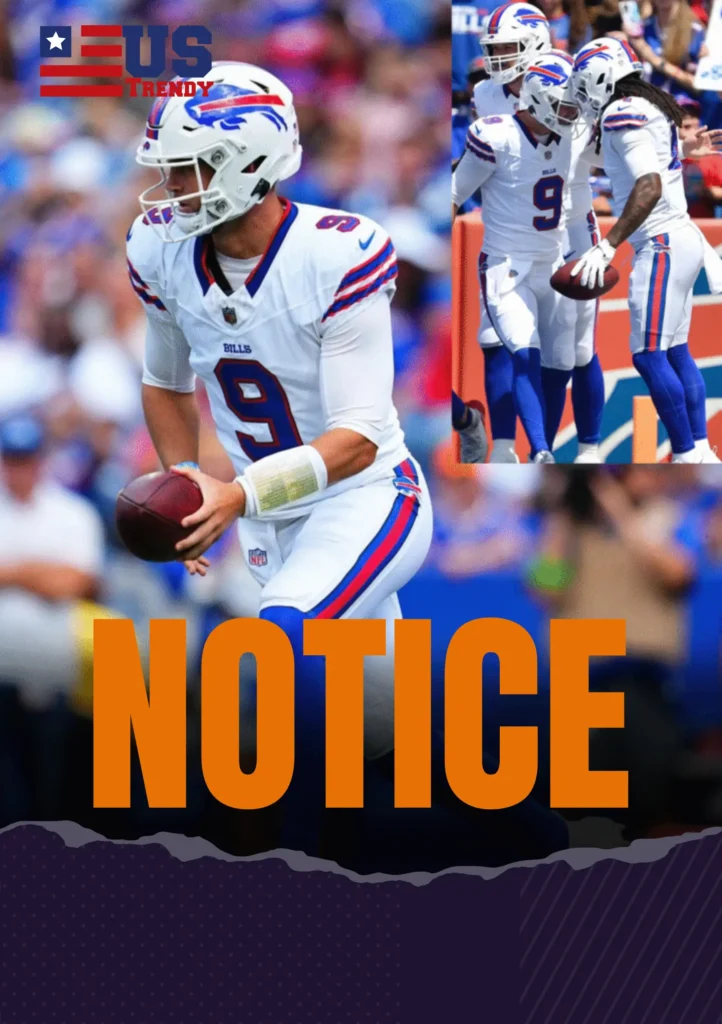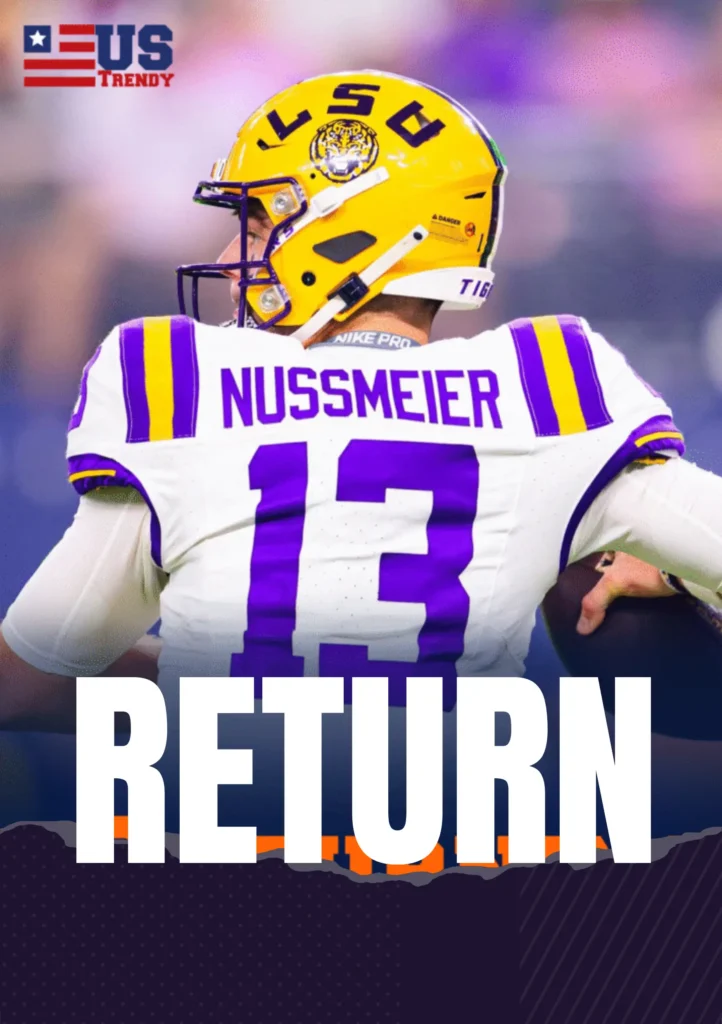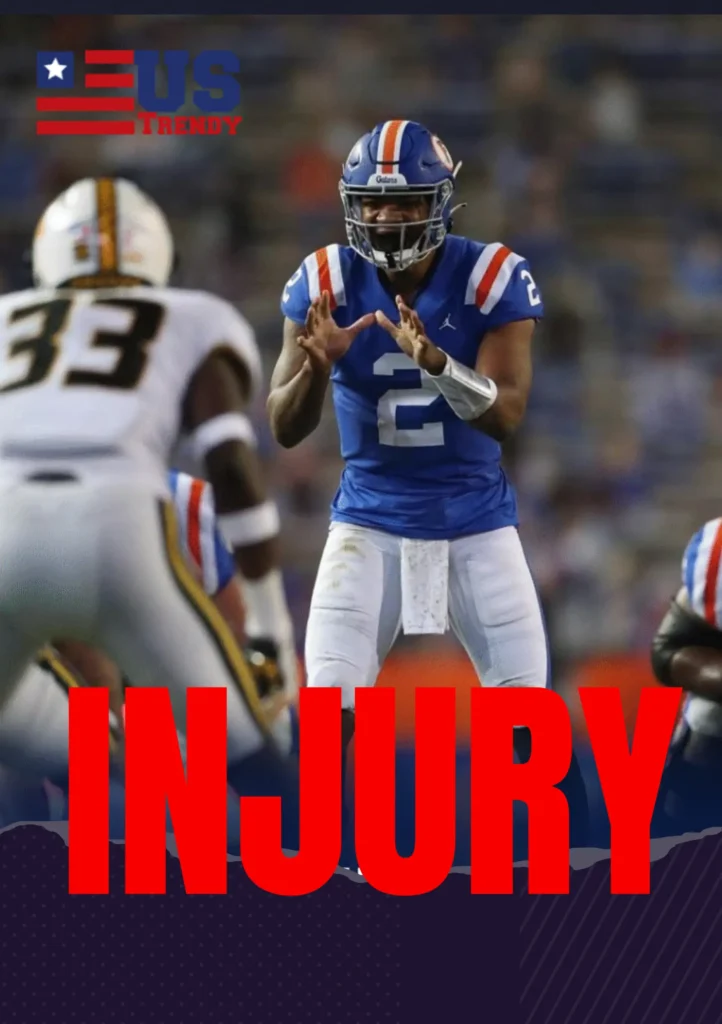The Philadelphia Eagles completed an eagles trade for John Metchie III, sending Harrison Bryant to the Houston Texans in a late-preseason swap and reuniting Metchie with DeVonta Smith alongside A.J. Brown. Here’s how the john metchie trade reshapes the Eagles depth chart, impacts the Texans depth chart, and what it signals for 2025.
Quick Take (for the busy Birds & Texans fans)
- The move: Eagles acquire John Metchie III and a 2026 6th; Texans receive Harrison Bryant and a 2026 5th (a pick swap).
- Why Houston moved him: A tight end need escalated after Brevin Jordan’s season-ending injury; Bryant fills a role behind Dalton Schultz and rookie Cade Stover.
- What Philly gets: Low-cost WR depth with after-catch skills; Metchie reunites with DeVonta Smith and joins a room headlined by A.J. Brown.
- Early grades/consensus: Widely viewed as a smart flier for Philly; Houston converts surplus WR into a needed TE.
From Alabama star to NFL survivor—and now, a new start
John Metchie arrived in the NFL as a 2022 second-round pick, an Alabama standout with polished routes and slot/outside flexibility. His career detoured when he missed his rookie season while being treated for leukemia—then courageously returned, logging 40 receptions for 412 yards and a TD over two seasons with Houston.
On August 17–18, 2025, multiple outlets reported that the Philadelphia Eagles acquired John Metchie III from the Houston Texans for Harrison Bryant plus a modest 2026 pick swap (Texans get the 5th; Eagles get the 6th). The details have been corroborated by NFL.com, ESPN, AP, Reuters, and others.
For Philly, this is classic opportunism: add a capable route runner to complement A.J. Brown and DeVonta Smith without sacrificing core assets. For Houston, it’s needs-based: bolster tight end after Brevin Jordan’s knee injury while leaning on a revamped receiver room led by Nico Collins and Christian Kirk.
What Metchie brings to the Eagles’ offense
Technical route running and RAC potential
Metchie’s Alabama tape showed nuanced footwork, timing on option routes, and fearlessness over the middle—the kind of profile that offensive coordinators trust on third down and in condensed red-zone spacing. In Houston, he flashed reliable hands and YAC craft when scheme and opportunity aligned. Now, he enters a receiver ecosystem that commands safety help to A.J. Brown and DeVonta Smith, which means softer zone holes and more favorable matchups.
Versatility across alignments
Metchie can work from the slot, motion, or boundary. That gives Philly flexibility to keep Jahan Dotson (or a bigger body like Johnny Wilson) in defined roles while using Metchie as a coverage-diagnosis outlet—RPO-adjacent quick hitters, glance routes, and crossers that capitalize on Brown’s gravity. Projected depth charts already place him in the second wave of options behind the star duo. (SI)
Cost-controlled insurance
This wasn’t a splashy outlay. It’s a low-risk, medium-upside bet and a better use of a fringe roster spot than carrying duplicative profiles. Early trade-grade pieces reflect that logic: Metchie is more likely to contribute in Philly than he was to crack Houston’s reshaped rotation.
[Note: Images are collected from Instagram]
How the Eagles depth chart shifts
Before the trade: Brown and Smith are the 1A/1B. The secondary targets featured Jahan Dotson plus a blend of size/speed developmental options (e.g., Johnny Wilson, Terrace Marshall Jr.), gadget/return types (Ainias Smith, etc.), and camp standouts. Harrison Bryant was competing in a tight end room led by Dallas Goedert.
After the trade:
- WR1: A.J. Brown
- WR2: DeVonta Smith
- WR3/4 tier: Jahan Dotson, Johnny Wilson
- Depth/role players: John Metchie III, Terrace Marshall Jr., Elijah Cooks, Ainias Smith, others competing
This is directionally consistent with early projections. Exact ordering will hinge on special-teams value and chemistry with the starters.
Snap-share outlook: Expect Metchie to compete for WR4/WR5 early, with a path to WR3 in three-WR sets when the plan favors timing routes and spacing over contested-catch profiles. Think: two-minute drill, drive starters, and third-and-manageable.
What Houston gains (and why it’s logical)
Houston’s move is straightforward: tight end depth after Brevin Jordan’s injury. Harrison Bryant is a proven pro who can align in-line or flex, handle base downs, and function as a red-zone target. He slots behind Dalton Schultz with rookie Cade Stover developing—exactly the stabilizer they needed.
Meanwhile, the Texans depth chart at wide receiver is quietly loaded and diversified—Nico Collins (alpha), Christian Kirk (chain mover/slot), plus rookies and role players vying for snaps. From a roster-economics perspective, moving a player on the fringe of the top-six for a position of need makes sense.
View this post on Instagram
Why this trade also makes emotional sense
Two human elements define the story:
- Metchie’s comeback: Returning from leukemia to earn a second contract opportunity on a contending roster is a powerful arc. Philly’s locker room has embraced comeback stories before; they also value high-character, process-driven pros.
- Alabama ties: Metchie re-teams with DeVonta Smith, a familiar cadence that can accelerate trust in timing routes. With A.J. Brown commanding bracket coverage, Metchie can win on leverage and option rules—an ideal on-ramp.
Film & role fit: how Philly can deploy “Metchie packages”
- RPO slants & glance: Attach to inside zone and GT counter looks that Philly majors in; Metchie’s suddenness helps convert second-and-medium.
- Bunch/stack releases: Create free access vs. press; let him stem into middle-field voids opened by A.J. Brown’s digs.
- Choice/option in two-minute: He’s comfortable reading leverage, which pairs well with tempo and spacing.
- Screen constraints: Bubble/swing screen action to Metchie punishes DBs overplaying Brown/Smith deep breaks.
If he earns QB trust, expect his targets to spike in scripted first 15 and hurry-up sequences.
The cap and the calculus
This is the Howie Roseman special: leverage draft capital and positional surplus to deepen a contender’s rotation. No premium assets moved, no scheme overhauls required. For Houston, this is equally rational—they re-balance the roster, protect their TE room, and keep WR competition high without blocking ascending pieces.
What it means for the NFC race
Philadelphia’s top-end talent remains unchanged; this is about monthly durability. Over a long season, being able to roll a trusted WR4/WR5 into 30-40 snaps when inevitable hamstring tweaks hit is the difference between keeping the call sheet expansive or running a pared-down menu. Metchie helps preserve multiplicity.
Local and national outlets framed it as a low-risk receiving boost—and that aligns with how contenders insulate themselves for December.
Full trade:
🏈Texans receive: TE Harrison Bryant and a 5th-round pick.
🏈Eagles receive: WR John Metchie and a 6th-round pick.
— Adam Schefter (@AdamSchefter) August 17, 2025
For Texans fans: where the targets go now
With Metchie out, the WR pecking order leans toward Nico Collins and Christian Kirk as volume leaders, while youngsters and role players battle for drive-starters and sub-packages (jet, orbit, returner duties). Several outlets posted updated Texans depth charts within hours of the move.
And yes, expect Harrison Bryant to see early usage in 12-personnel and red-zone looks as Houston integrates him behind Dalton Schultz—especially in play-action where Bryant’s short-area craft shows up.
Key numbers & context
- Career to date: 40 receptions, 412 yards, 1 TD (in 29 games). Last season: 24/254/1 including playoff action.
- Trade specifics: Metchie + 2026 6th → Eagles; Bryant + 2026 5th → Texans. Reported by NFL Network, ESPN, AP, Reuters.
- Depth charts: Early Eagles WR stacking keeps Metchie in the middle tier with clear upward mobility; Texans’ WR room remains deep without him.
Frequently searched angles (answered)
Is this a blockbuster?
No—this is a depth enhancement with upside. It’s meaningful because it rounds out the Eagles’ receiver room and solves a Texans need at tight end.
Where does Metchie line up most?
Likely slot/Z, with motion usage and option routes in tempo packages.
Does this affect A.J. Brown or DeVonta Smith?
Not in target share intent. It protects Philly against attrition and expands their in-breaking menu when defenses tilt to Brown/Smith.
Will the Texans miss Metchie?
They’ll miss reliable depth, but the tight end fix was pressing, and the WR room remains competitive.





